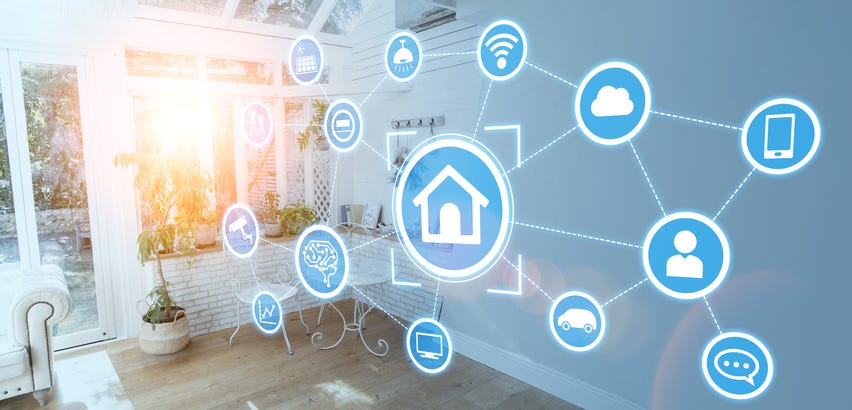
Eco-friendly smart home systems: Revolutionizing Lives and the Planet
Share
As we stride deeper into the 21st century, the quest for sustainability is not just a trend. It's a necessary transition. Leading the charge are Eco-friendly smart home systems, which blend innovation with environmental consciousness, offering tech-savvy solutions for our increasingly connected world. Designed for tech professionals and enthusiasts, this piece explores how these systems not only revolutionize our homes but redefine sustainable living.

What Makes Smart Systems Eco-friendly?
Smart home systems aim to minimize energy wastage, optimize resource usage, and enhance the quality of living while ensuring that technological advancements don't come at the earth's expense. But what truly sets these systems apart as eco-friendly? Their secret lies in leveraging technology to marry convenience with environmental stewardship. For instance, automated lighting systems ensure lights are only on when needed, reducing electricity consumption significantly.
Moreover, smart thermostats learn your habits and adjust heating and cooling to maintain comfort while conserving energy. Energy-efficient appliances, combined with smart controllers, can drastically reduce a household's carbon footprint.
Components of an Eco-friendly Smart Home System
Implementing an eco-friendly smart home system involves integrating multiple devices and technologies to work seamlessly together. Key components include:
Smart Lighting
LED bulbs, which consume less energy than incandescent bulbs, can be controlled remotely, allowing for precise control over their operation. Systems like these ensure lights are not left on inadvertently.
Smart Thermostats
Devices such as the Nest or Ecobee can learn your routine, setting optimal temperatures that save energy without sacrificing comfort.
Energy Monitoring Systems
These provide real-time data on energy usage, allowing homeowners to identify waste and optimize power consumption. Products that help with this are highlighted in a list of amazing eco-friendly products.
Making the Transition
Transitioning to eco-friendly smart home systems might appear daunting, but it offers long-term benefits such as reduced utility bills and a decreased impact on the environment. The key is gradual adaptationstarting with one system, like smart lighting, and progressively installing other components.
Innovations such as IoT-driven smart home solutions are paving the way for sustainable living. [Read more about how smart homes save energy on the IoT Technologies blog.](https://iottechnologies.io/blogs/our-latest-posts/how-smart-homes-save-energy)
Impact on the Environment
The adoption of eco-friendly smart home systems has wide-ranging implications beyond personal convenience and financial savings. By reducing a homes overall consumption, these systems lessen the demand on power plants, which primarily burn coal and gas for electricity.
As more households embrace this technology, the cumulative effect could result in significant reductions in carbon emissions globally. For example, [home automation for sustainability](https://iottechnologies.io/blogs/our-latest-posts/home-automation-for-sustainability) showcases how critical this transformation can be.
The Future is Now
The era of eco-friendly smart home systems is only just beginning. Continuous advancements ensure these innovations will become increasingly accessible and integral to our lifestyles. As Greta Thunberg reminds us, You are never too small to make a difference. The same principle applies to our homes.
With the increasing importance of green technology, its vital to stay informed and continually adapt to newer innovations and practices. [Learn more about upcoming trends in sustainable technology.](https://greenly.earth/en-gb/blog/industries/everything-you-need-to-know-about-green-technology-in-2022)

FAQ
1. How costly is it to implement eco-friendly smart home systems?
The cost varies based on the size of the home and the number of systems installed. However, the initial investment is typically offset by the savings on utility bills over time.
2. Can older homes incorporate these systems?
Yes, older homes can be upgraded to include smart home technologies. It usually starts with simple installations that gradually integrate more complex systems over time.
3. Are such systems compatible with renewable energy sources?
Absolutely, smart home systems can be integrated with solar panels and other renewable sources, optimizing their efficiency and further reducing environmental impact.
